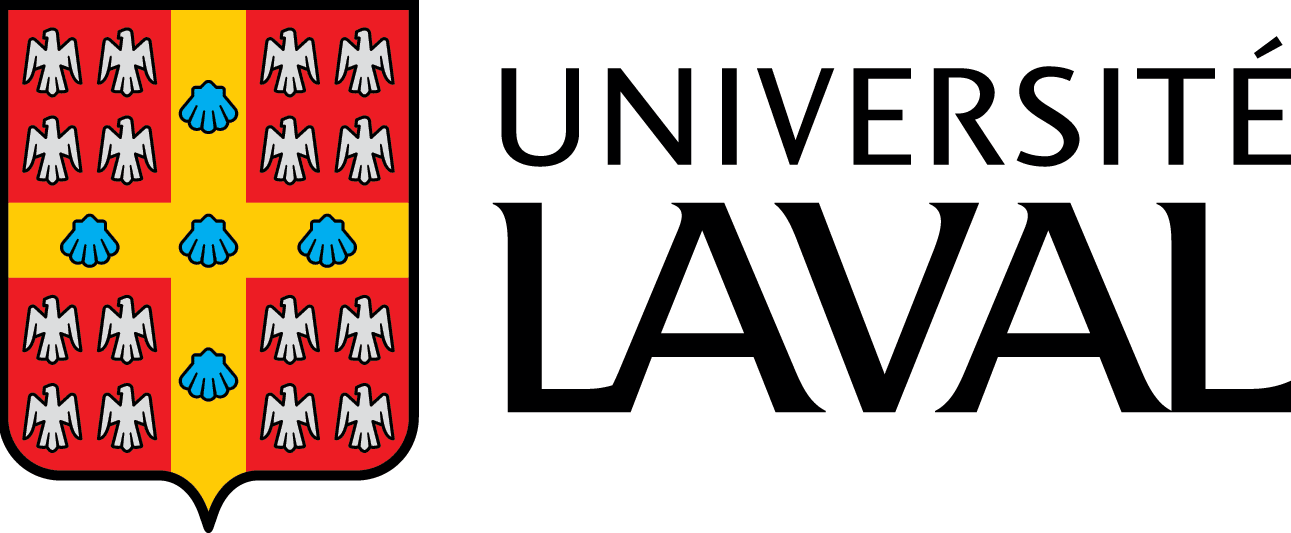
Tell ‘Acharneh – Ancient Tunip
Occupied during the Bronze and Iron Ages, Tell ‘Acharneh is 35 km northwest of the modern Syrian city of Hama. The site is on the bend of the Orontes River at the crossroads of two main routes that lead west to the Mediterranean coast and north up the Ghab Valley towards the Turkish-Syrian border.
The site is approximately 77 ha and features two mounds and an extensive lower city, today covered by a modern village.
The site has been identified with the ancient city of Tunip, which was known from epigraphic sources and dated to the beginning of the 2nd millennium BCE. Tunip was one of the many political entities that dotted the Syrian interior (ie. Qatna, Yamhad, Carchemish, Urshum, Ugari and Gubla) and was a centre for the production of oil, wax and wheat.
Tunip was destroyed around 1200 BCE with the unrest associated with the collapse of the Bronze Age civilizations and the invasions of the Sea Peoples.
Construction of a water-wheel beside a bridge that spans the river next to the site revealed a fragment of a stele that had been erected by the Neo-Assyrian king Sargon II. This showed that the site was occupied in the Iron Age, although its ancient name at this point is unknown. The latest phase of occupation occurs during the time of the First Crusades, where the brief Frankish occupation of the site saw the construction of a castle and a few other structures.
Acharneh was briefly excavated in the 1970s. Michel Fortin of the Department of History at Laval University (Quebec), and Elizabeth Cooper of the University of British Columbia worked at the site from 1998 to 2009.




Topographic map of Tell Acharneh.
Iron Age pebble paved surface.
Late Bronze Age defensive wall.
Late Bronze Age store room with in situ pithoi.

